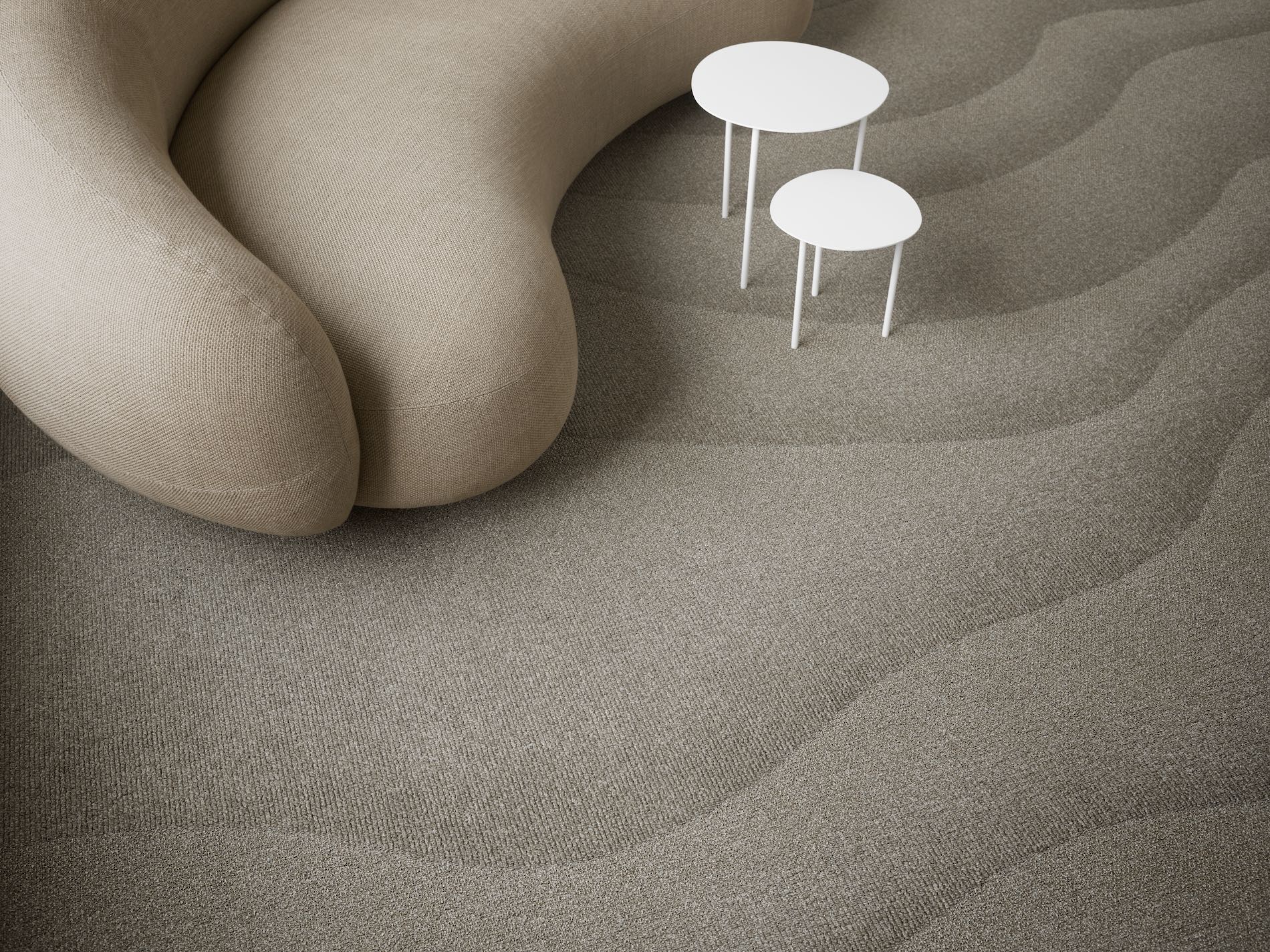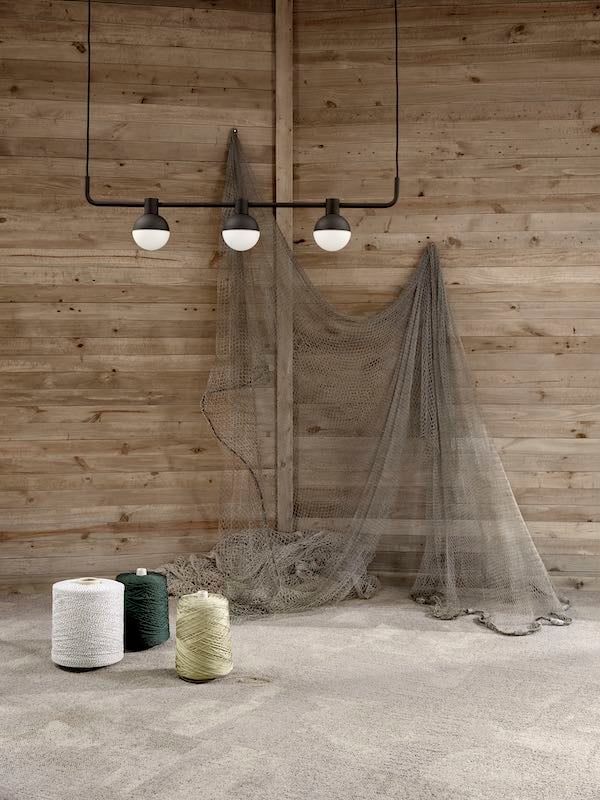
Given the present global challenges related to environmental degradation and climate change, the issue of sustainability is at the forefront of everyone’s minds - be it businesses, municipal authorities or consumers. Making sustainable choices, especially in accordance with the UN’s Sustainable Development Goals (SDGs) for 2030, has become an imperative. Choosing environmentally sustainable flooring is equally important.
Fortunately, we have seen significant technological developments in the carpet industry and sustainable carpet options are becoming increasingly prevalent and there’s now considerably more great sustainable carpets to choose from. Let’s take a closer look at the options and what you should look for.
First up, there are carpets that are made from sustainable raw materials. These are typically natural, renewable fibres that are biodegradable and don’t require fertilizer and pesticides to produce. Good examples are wool, hemp, bamboo, corn leaves, jute, seagrass and coir.
Then there are the carpets manufactured from recycled materials such as plastic bottles or industrial scraps. Instead of heading for landfills or incineration, these materials take on a new life. Used carpeting, discarded fishing net or textile waste from clothing manufacturing, for example, are all materials found in environmental carpet solutions. This can be in the form of eco-friendly yarn or the backings made for carpet tiles.

The attraction of these recycled materials is that they are also down-cyclable. When they wear out they can be used for other purposes such as insulation material in the furniture and automotive industries.
So, your carpet consists of environmentally-friendly materials. But how’s it being produced? Is the production process just as sustainable as the materials? Thankfully, we are seeing more and more carpets being made through responsible production processes.
Eco-friendly production practices include the recycling of yarn residues and cardboard cones. They also involve rolling of carpets onto tubes made from 100% recycled plastic, reusing disposable pallets or making use of the pallets’ raw materials. Importantly, sustainable processes also include the recirculation of dye and cleaning and reusing the large amounts of water needed in the dying facilities. And, of course, production is powered through renewable energy.
A zero production footprint in carpet production may not be possible, but significantly reducing negative environmental impacts certainly is and there are many carpet options meeting this demand.
That brings us to the next point. There are carpets that can be disposed of responsibly, in a way that avoids incineration or landfill and where all materials continue to circulate without ever becoming waste.
A carpet cannot last forever, but can it be recycled after use. The most sustainable flooring options are those that can be reused in the future, where the manufacturer has developed a recyclable carpet that is actually a valuable asset for reselling after use. A manufacturer of a sustainable carpet will have a plan for end-of-life disposal in place, as well as offer a recycling programme.
A carpet consists of more than 200 components, meaning each of these components must be separable and reusable for a carpet to be truly sustainable. This can be challenging. The best sustainable carpet solutions, then, are carpets made from single materials.
One of the best markers of a sustainable carpet is its certification. There are a myriad of industry standards and certifications for carpets, operating at different geographical levels, which can be somewhat confusing to navigate - see for example:
The most important standard used to ensure a carpet is sustainable, however, is the Cradle to Cradle Certification. It’s the most accepted standard in the industry, with the most stringent and extensive criteria. A carpet that achieves this certification means its manufacturer is conforming to the UN’s SDGs in that its production entails less waste and more recycling, protects water resources, uses renewable energy and takes social responsibility.
For those concerned about the environmental impact of their carpet choices, there are now many sustainable carpet options to choose from. But it’s important to bear in mind that a truly sustainable carpet will involve all levels of the manufacturing process and all stages of the product life cycle and should come with a credible certification.
Design inspiration delivered straight to you